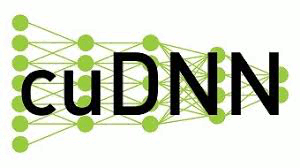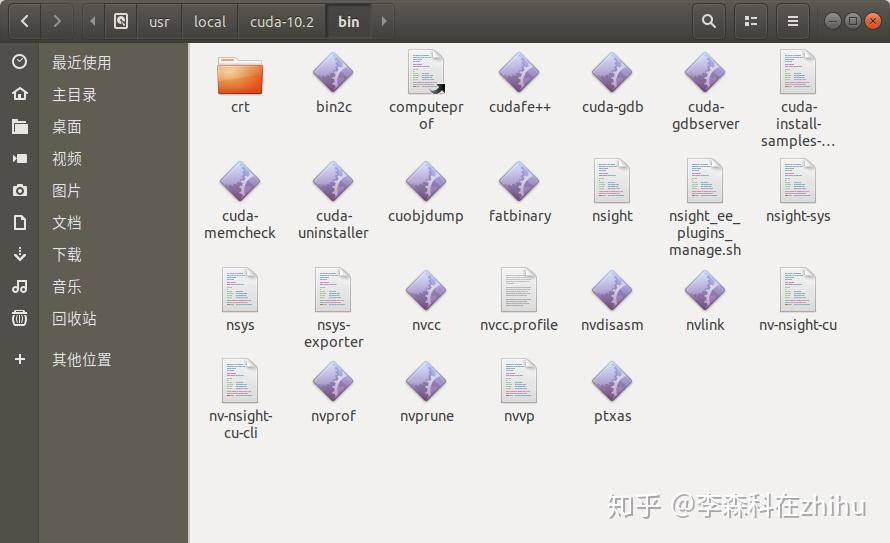

- #What happens when install cuda toolkit ubuntu update
- #What happens when install cuda toolkit ubuntu driver
- #What happens when install cuda toolkit ubuntu manual

(If you decide to install the latest CUDA version instead, there are some troubleshooting notes at the very bottom of this article that might help you out in a pinch.) Now, also at the time of writing, Pytorch & torchlib only support CUDA 11.0 (not the latest 11.2) and Tensorflow 2.4 is also build against the same version. Because this link always chooses the most recent CUDA version, which is 11.2 as I’m writing these lines. Or at least double check if you want this version. There’s a nice little platform selector linked in the manual, but do not use this version. I hope that my lost hours are your gain, dear reader, and that my repeated experience will prove useful in one way or another.īelow I outline the necessary installation steps.Ĭhoose and install the appropriate CUDA version And indeed, the second installation went much smoother and faster. I ran into this problem at the very end of my first installation attempt (when installing Pytorch) and decided that it would be easier to redo everything from scratch.
#What happens when install cuda toolkit ubuntu driver
For instance, Tensorflow version 2 is significantly re-imagined (and considerably more beginner friendly) than version 1.Īs a result, the latest GPU driver library versions might not always be supported by the latest DL package version. New features are constantly being implemented, and older versions might no longer be supported. This difficulty stems primarily from the breakneck speed at which all the parts of the DL ecosystem continue to evolve. The main challenge lies in finding the right library versions that play nicely together. These steps by themselves are not that hard, and there is a reasonable amount of documentation available online. The cuDNN library which provides GPU acceleration.įor Python, the DL framework of your choice: Tensorflow or Pytorch.įor R, the reticulate package for keras and/or the new torch package. These are the main ingredients you need to enable your R & Python DL packages: If in doubt, read up on compute capability (and consult those tables).

Note: before starting you want to be sure that your machine has a Nvidia GPU that’s recent enough to run DL software. And maybe my experience can even be helpful to others in a similar situation. At a minimum, this will help me the next time I set up at DL machine. Having just done it successfully (crossing fingers nothing broke yet) I decided to write down my notes and experiences while they are still fresh. Setting up GPU-powered DL libraries on your local machine can still be a somewhat daunting task.

My laptop, a Dell G3 15, has a Nvidia GeForce GTX 1660, which at the time of writing does a decent job at playing with smaller neural networks which can then be scaled up on cloud platforms such as Kaggle Notebooks. One of my main goals this year is to get better at deep learning (DL) in R and Python – and there’s no way around using GPUs for those purposes.
#What happens when install cuda toolkit ubuntu update
I usually do a fresh install on those occasions, instead of a dist_upgrade, because it’s a good opportunity to remove clutter and update software that I might otherwise just keep at an older version, out of convenience. To be precise, I’m using the Kubuntu flavour since I’m more of a KDE guy myself. How can I install CUDA to work correctly with my older nvidia driver so I can conduct some GPU computations? Is there a list someplace that lists the what CUDA toolkits go with each NVIDIA driver? I suspect I need an older toolkit, I just don't know which one.Last weekend, I finally managed to get round to upgrading Ubuntu from version 19.10 to the long-term support release 20.04 on my workhorse laptop.
#What happens when install cuda toolkit ubuntu manual
The Linux Getting Started Manual says I should just need to install CUDA with apt-get but I need an older driver for my graphics card. I have verified that the nvidia-346 is the problem by specifically installing it as opposed to nvidia-current. Naturally, I thought I could then install cuda with: sudo apt-get install cudaīut this tries to install nvidia-346 on my system causing my system to no longer display my desktop and the installation is incorrect. Sudo apt-get install nvidia-current (this installs nvidia-304 in my case)Īfter rebooting, a quick query shows that my kernel is indeed using nvidia successfully lspci -vnn | grep -i VGA -A 12Ġ1:00.0 VGA compatible controller : NVIDIA Corporation GT218 (rev a2) (prog-if 00 ) I have tried to complete the installation successfully but have stumbled upon a problem. I have been provided an older NVIDIA graphics card (GeForce 8400 GS) to begin exploring some GPU computing.


 0 kommentar(er)
0 kommentar(er)
